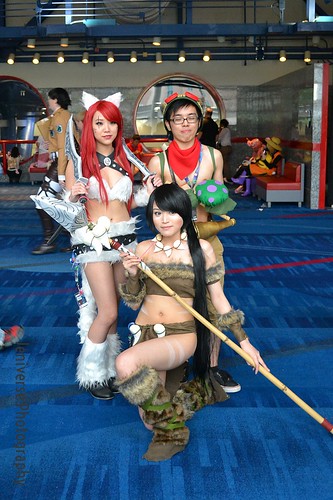I had trouble writing this post. It’s been nearly seven years since I left Miyagi-ken. I haven’t gone back like I had planned, and now I don’t see my students coming to Southlake because they’ve grown up (also the age range changed). As evident with the decreased frequency of updates, I’ve become distant with the country that is my second home.
Nevertheless, I can’t forget about how five years ago, I spent all night worrying about my friends when the casual status updates about an earthquake became something much scarier. It’s hard to not think about the Tohoku earthquake when NPR was all over the 5 year anniversary and all of us Miyagi-ken JETs pay tribute on social media. I think it’s good to be reminded though, as the people in the region are still struggling. Thus, I’ve decided to make this post about some examples of aid and recovery. There’s a lot of individuals out there who continue to dedicate some of their time to Tohoku through raising money or lifting spirits. Let this be inspiration to all of us.
The one project that led to this post was the 113 Project. It is a series of short films directed by Wesley Julian, one of my fellow Miyagi JETs who also created Tohoku Tomo. The 113 Project provides glimpses of rebuilding from youth, local business members, and expats to show the power of collaboration. To view the films, visit the 113 Project website.
 From 113 Project
From 113 Project
Visual kei band X Japan has always been active with charity work, having raised money for both the Tohoku earthquake and other disasters. This year drummer/pianist Yoshiki put up a special drum set for auction. He donated the proceeds to the Japanese Red Cross.
 From Resonance Media
From Resonance Media
The question of where to send money often crops up with disaster relief. While I don’t doubt the Red Cross’ valiant efforts, they have received some criticism, at least stateside. One charity I can recommend 100% is the Taylor Anderson Memorial Fund. Not only does each project provide updates through emails from Global Giving, but the charity is run by the father of Taylor Anderson (who was another Miyagi JET).
Lastly, I wanted to highlight RADWIMPS’ annual tribute as an example of how art heals. Listening to music that pays tribute to the survivors never fails to bring back emotions I thought I had forgotten. Seeing images does the same. With the returning sadness is a message of hope that the artists put into their work. Tohoku is recovering, and the human spirit will triumph. Since 2012, RADWIMPS has released a new tribute song on March 11. Here is a list along with the video of the most recent:
2012 – “Hakujitsu”
2013 – “Buriki”
2014 – “Kaiko”
2015 – “Aitowa”
2016 – “Shuntou”








